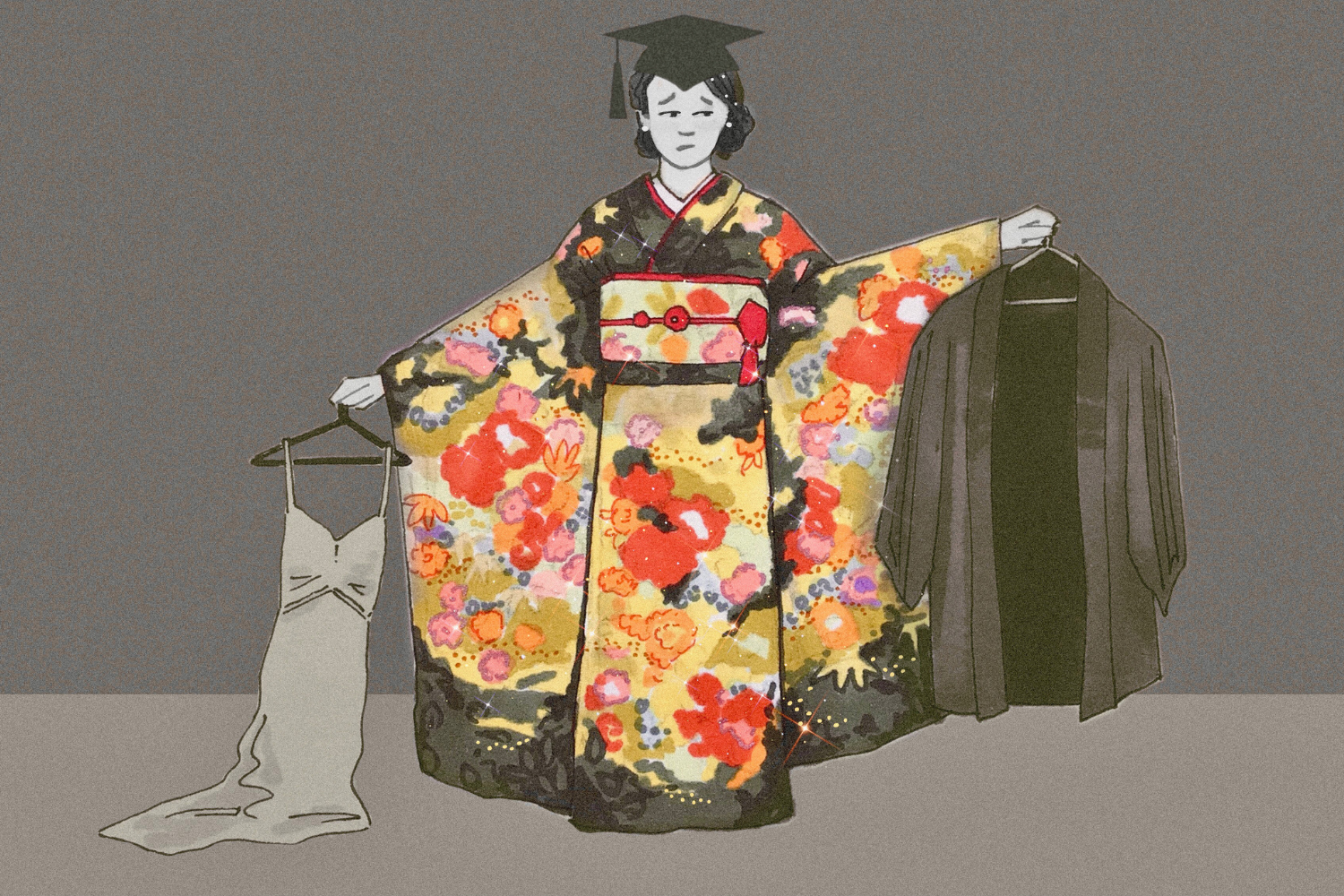With the Cold War over, a ‘new cold war’ is under way between China and America, the Chinese leader Deng Xiaoping asserted in 1991. This statement has aged well since the day of Deng, unlike his fashion.
Deng was known to frequently wear the Mao suit, also known as the Zhongshan suit, which was a common attire for Chinese leaders during the 20th century. While it’s arguable whether China or the West is gaining the upper hand geopolitically, I fear that, fashionably, the West has claimed its victory. The Mao suit has virtually disappeared from public light, replaced by the now ubiquitous Western suit.
We don’t have to look any further from the Great Hall of the People in Beijing to see the West’s fashionable conquest. In the Two Sessions assemblies over the past few decades, the optic has been a sea of black suits, with fairly dull-coloured ties and white shirts. Despite the ongoing feud between China and much of the West, Chinese politicians have taken up the ‘西裝’ (directly translated as ‘Western suit’) in formal spaces.
China isn’t an outlier when it comes to the fashion conquest of the West. In Japan, ‘洋服’ (also directly translated as ‘Western suit’) dominates formal and political spaces alike. Beginning from the Meiji Era, an equal sign has been drawn between modernity and the West. The increasingly Westernised style of clothing was also meant as a symbol of diplomacy, a strategy imposed by the imperial family down to the upper echelon of society and state institutions. It didn’t take long before the country started dressing for the Western gaze.
This, for Tamami, was a regrettable part of Japanese history and culture. Tamami Ono is an international student in Cambridge. Growing up in New York and Shanghai, this upbringing has made her much more conscious of her Japanese identity. “You rarely see politicians wear cultural wear anymore,” she said.
Still, cultural wear is seen quite often in Japan – though it is exclusive for specific cultural occasions, for the most part. The traditional female garment, kimono, is very much associated with Shichi-Go-San. Meaning “seven-five-three”, the rite of passage celebrates the milestones of children at the ages of three, five and seven. Apart from the kimono, Tamami would also wear the yukata –its summer variety –on other cultural occasions.
These experiences of wearing traditional Japanese garments prompted Tamami’s decision to wear one at her graduation ceremony in Cambridge. She hopes to, at least.
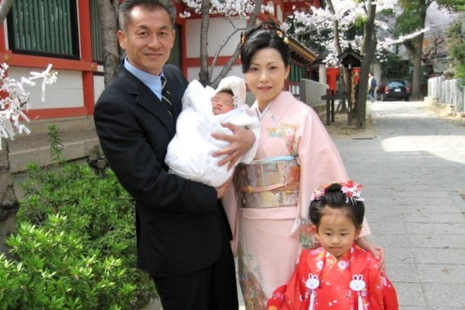
But when she saw the rather convoluted ‘graduation fit checker’ flow chart from the University of Cambridge’s website, her facial expression was one of surprise and confusion. “It looks homogenising to me,” she said, staring at the chart.
India Nayak, a second-generation Indian immigrant and the BAME officer of Newnham College, also observes how little space the Cambridge academic dress code leaves for cultural expression.
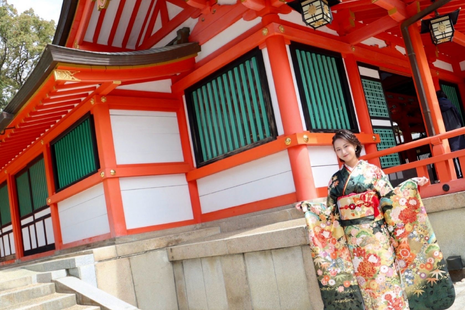
“At home, I’d wear cultural wear a lot more,” India said, mentioning occasions such as Eid, Christmas, birthdays, and weddings.
In contrast with the situation at home, India described her first impression of formalwear in Cambridge as “so uniformed and westernised”.
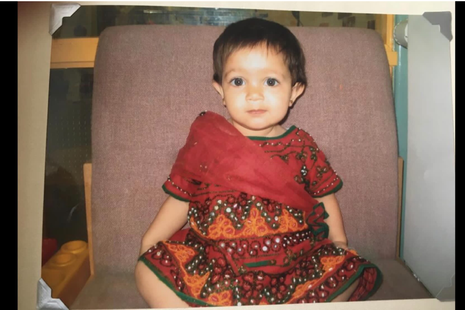
She talked about what she saw in the recent Mayballs and summer garden parties, in which she thinks “fancy dressing” is often narrowly interpreted as “Western ball gown” for women, and tuxedos for men.
This equivalence of Western clothing with formal wear is deep seated in colonisation. The Indian saree, for instance, used to be just a piece of fabric wrapped around the female torso. It was only when the British colonised the country that it came with a blouse underneath – which remains the norm to this day.
The constant denial of the colonised nation’s fashion is, inherently, a devaluation of their culture, and the impact is lasting. “Even I don’t see my cultural wear as ‘formal’”, India said.
“The constant denial of the colonised nation’s fashion is, inherently, a devaluation of their culture”
India recalled a conversation she had with a senior staff member at the BAME formal that she led at Newnham. The staff member was sceptical about cultural wear in formal settings at Cambridge, explaining that “it’s just too much material” for something like the saree to be worn underneath the academic gown.
However, the West doesn’t seem to hold the same critical attitude when they appreciate fashion from other cultures. India gave the example of the recent ‘skirt/dress over trousers’ trend, which sometimes features a similar drapey look.
This comes along with many other instances of cultural appropriation in the fashion industry in the West. From Oh Polly’s ‘Scandinavian dupattas’ to Gucci’s blackface turtleneck jumper, the whitewashing, rebranding and reselling of non-White cultures have been running rampant on the runway.
Reflecting on the sentiments surrounding the incompatibility of cultural wear with formal settings, India thinks that much of that stems from a colonial mindset. “Some White people think that it’s pajama-esque,” she said, “like it’s not formal enough”.
“It’s a way of othering,” India commented on the restrictiveness of the Cambridge graduation academic dress code. “They make it as hard as possible [to wear cultural wear for graduation]”.
This sentiment is shared by Fatima Zahra, a Black student who just graduated from Lucy Cavendish College. Having gone through the process of trying to graduate in her cultural wear, she described it as “a long, disintegrated process.”
“Essentially, it’s asking us to prove ourselves worthy of our culture,” Fatima said. In the application form, the student needs to submit pictures of them wearing the dress, alongside a justification of the importance of graduating in it. Fatima remarked, “The mental hurdle is a lot.”
As a result, Fatima didn’t manage to graduate in her Somali dress with the complications of the application, alongside the hectic schedule of graduation being right after exams and May week.
Even wearing the standard dressing, Fatima was asked to take out her Somali-style earrings by the Praelector, citing that they were “too dangly.”
However, she did wear the Somali dress to the college’s graduation formal. “I felt beautiful,” she reflected on the experience, “but also perceived.”
“The symbolism of cultural wear is not only about the individual student’s personal choice, but also about their cultural identity that does not require the approval of the institution”
As the only Black student in cultural wear in the room, Fatima found the ethnic cultural visibility disappointingly low – not just in the formal hall, but in Cambridge more widely.
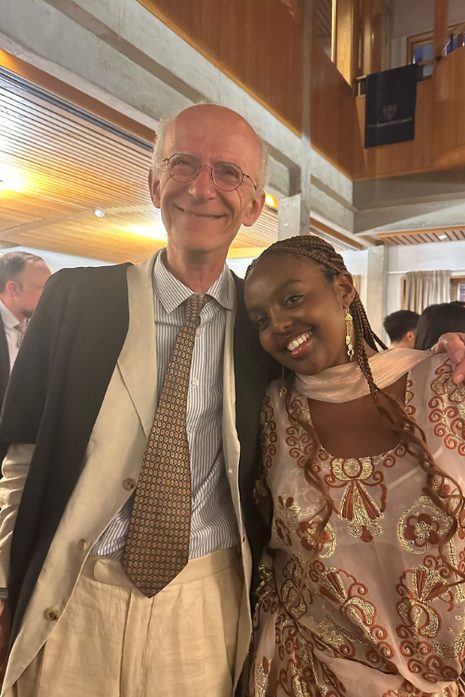
Indeed, the optics of cultural wear mean more than aesthetics. It is about creating an environment where other minority racial groups find comfort and affirmation in being able to publicly display their own culture.
The Cambridge graduation is of great importance because of the visibility, prestige and history it carries. “The prestige begins with the specificity of the dress code; the strict dress code then elevates and gatekeeps that prestige,” said Fatima.
The uninviting semantics, bureaucratic procedures and the policing of students’ culture in Cambridge have to be removed. The symbolism of cultural wear is not only about the individual student’s personal choice, but also about their cultural identity that does not require the approval of the institution.
It is regrettable that much of the world stage has been conquered by the West, to the extent that the piece of cloth to cover one’s body needs to appease the oppressor. As Cambridge students, therefore, it’s time to start with the college formal hall and the Senate House, to push against this old-fashioned colonial thinking.

